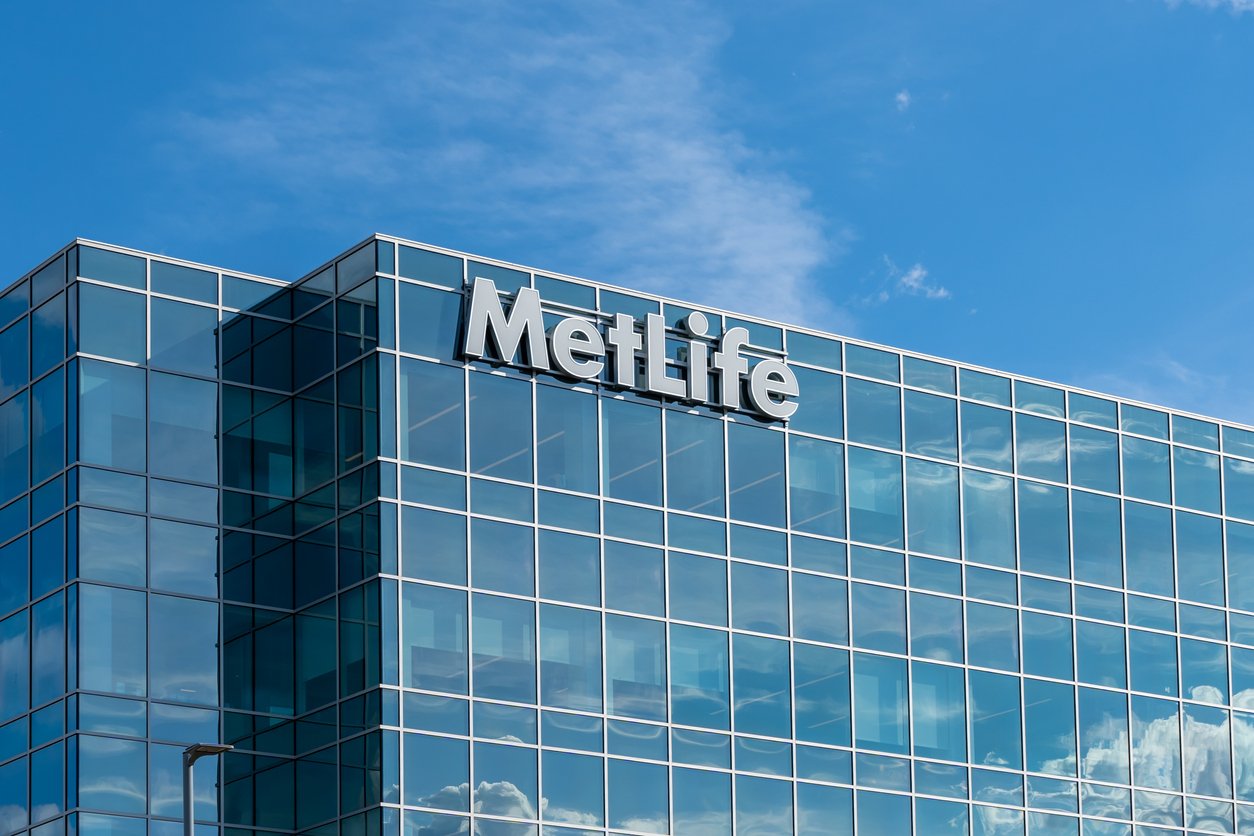
Written by
Drew Gieseke
Drew Gieseke is an aPHR®-certified marketing professional who writes about HR, compliance, and healthcare solutions.
COVID-19: What’s the Latest on a New Relief Package, Executive Orders?

Congress continues to debate on the next wave of COVID-19 relief funding. Until an agreement is reached, millions of Americans and thousands of employers remain at risk. As a result, President Trump signed executive orders to provide aid during the ongoing crisis. Here’s what you need to know and how they may impact your business.
Background: New Coronavirus Relief
In July, CNBC reported that Congress reconvened in Washington to begin work on a new, possibly $1 trillion relief package. While the CARES Act—the initial piece of coronavirus legislation—staved off economic collapse with provisions like the Paycheck Protection Program (PPP) and expanded unemployment benefits, some key provisions expired at the end of July.
Another CNBC story reported that a new relief package “is likely coming in August” as the House and Senate continue to debate about to include and exclude from the bill.
However, a deal has failed to materialize.
What Are the New Executive Orders?
In response, CNN reported that President Trump signed several executive orders on Saturday, Aug. 8, 2020, to provide temporary relief while Congress continues to hammer out a deal. Supporters of the president say that the orders take action as legislators delay while detractors question the constitutionality of the orders.
What should employers expect, how might it impact their workers, and how could the legislation impact their operations?
Consider four takeaways from the executive orders, as reported by CNET and CNN:
- Payroll Tax Deferral: CNN reports that the payroll tax measure “does not actually reduce the payroll taxes.” Instead, the order defers the due date for the employee-paid portion of the taxes—6.2% for Social Security and 1.45% for Medicare—through the end of the year. This only applies to workers whose wages equal less than $4,000 pretax on a biweekly schedule (approximately $104,000 per year). SHRM weighed in, saying that for these employees, Social Security taxes "will be deferred without any penalties, interest, additional amount or addition to the tax."
- Extended (and Updated) Unemployment Benefits: Once $600, the new $400 unemployment benefit mandates that states chip in $100 per person per week. Many governors have already pushed back on the provision, which could be challenged in court.
- Student Loan Relief Extension: One of the executive orders extended the pause on all student loan payments for another three months, while the interest on federally-administered student loans has been suspended until the end of September.
- Eviction Suspension Expires: A moratorium on late fees and eviction filings for federal mortgage program-backed properties expired on July 25. Without new legislation protecting renters, CNET reports that “the decision to ban evictions” is in the hands of the HHS and CDC.
What's Next for Employers?
Talks are expected to continue, though there’s no deadline or official timeline for a new relief package. However, speculation continues about what might actually be included in the legislation.
For example, BerniePortal covered eight new provisions that might be part of the new package, including additional stimulus checks and incentives for hiring and retaining workers. Nevertheless, employers should expect more news in the coming days and weeks on another round of relief—as well as additional guidance from the Secretary of the Treasury regarding how the payroll tax deferment will be implemented.

Written by
Drew Gieseke
Drew Gieseke is an aPHR®-certified marketing professional who writes about HR, compliance, and healthcare solutions.
Related Posts
If you haven’t heard about Ozempic or Zepbound yet, it’s bound to hit your radar soon!
Federal contractors must follow certain requirements to be compliant while fulfilling...
Why Should Employers Care About the UAW Strike? Throughout American history, unions...






Submit a Comment